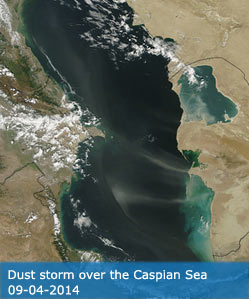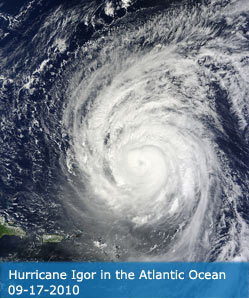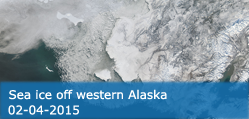Science Team
Publications
Yang, ZX; Huang, Y; Duan, Z; Tang, JW (2023). Capturing the spatiotemporal variations in the gross primary productivity in coastal wetlands by integrating eddy covariance, Landsat, and MODIS satellite data: A case study in the Yangtze Estuary, China. ECOLOGICAL INDICATORS, 149, 110154.
Abstract
Accurate monitoring of the spatiotemporal variations in the gross primary productivity (GPP) in coastal wetlands is essential for blue carbon quantification. However, the currently available moderate-spatial-resolution GPP algorithms and products may contain large uncertainties and may rarely meet the demands of tidal wetland research. In this paper, we examine two statistical methods, namely, simple linear regression and random forest regression, to capture the high spatial resolution GPP variations in the salt marshes in the Yangtze Estuary by integrating multi-source data, including eddy covariance, Landsat, and Moderate-resolution Imaging Spectror-adiometer (MODIS) satellite data. The satellite-derived photosynthetically active radiation (PAR), enhanced vegetation index (EVI), normalized difference vegetation index (NDVI), and normalized difference water index (NDWI) are used individually and in different combinations to drive the two statistical methods and investigate their performances in estimating the GPP. The results show that together with the PAR, the EVI generally has the greatest potential for GPP estimation (R2 > 0.75, RMSE < 6.80 mu mol m- 2 s- 1) based on simple linear regression. However, the NDVI outperforms the EVI in wetlands with little tidal flooding and plant litter. The random forest method improves the performance in terms of upscaling the GPP measurements to large regions, and the com-bination of the EVI, NDVI, NDWI, and PAR performs the best, indicating that the use of the more advanced algorithm and the incorporation of a remotely sensed index that reflects the tidal influence are beneficial to GPP estimation in coastal salt marshes. Moreover, using Landsat data with a high spatial resolution (30 m) yields a much more accurate GPP estimation than using MODIS data with a 500 m resolution. Our results demonstrate that the use of high spatial resolution data, the proper use of remotely sensed indices, and the incorporation of a good combination of these indices through an advanced algorithm such as a machine learning algorithm are vital for capturing the nearly instantaneous GPP variations in coastal wetlands at large spatial scales.
DOI:
10.1016/j.ecolind.2023.110154
ISSN:
1872-7034




